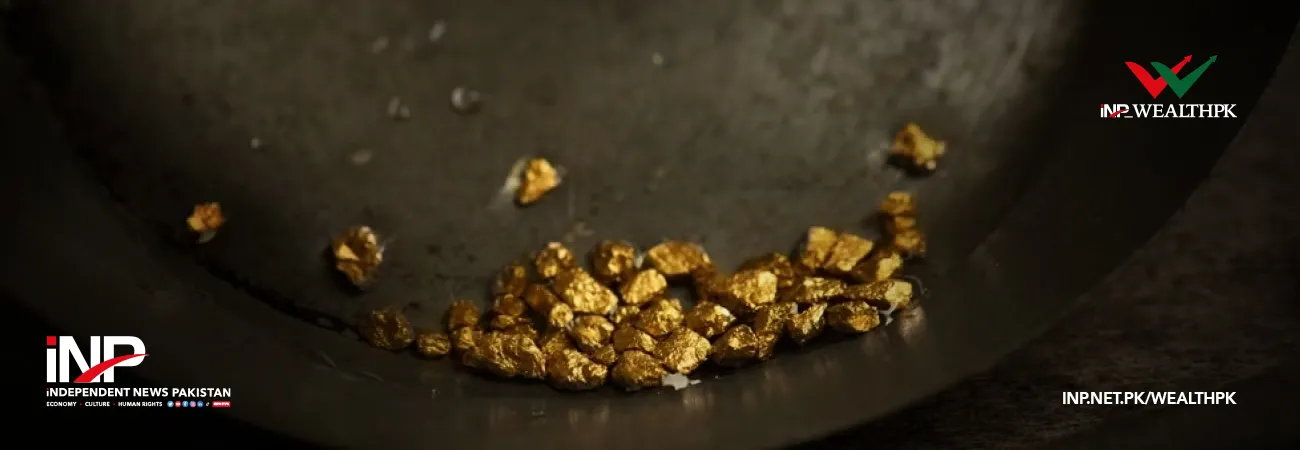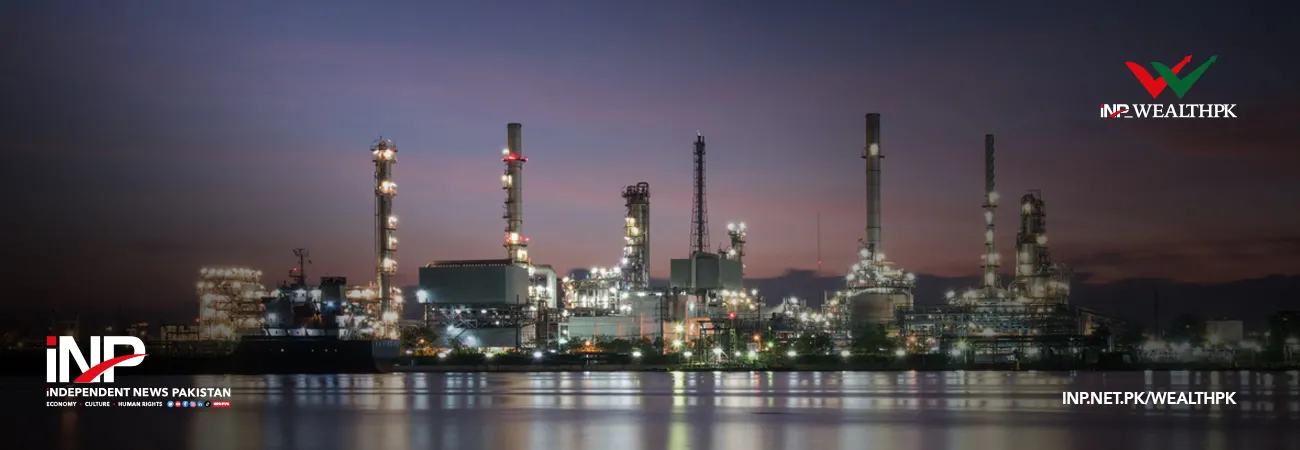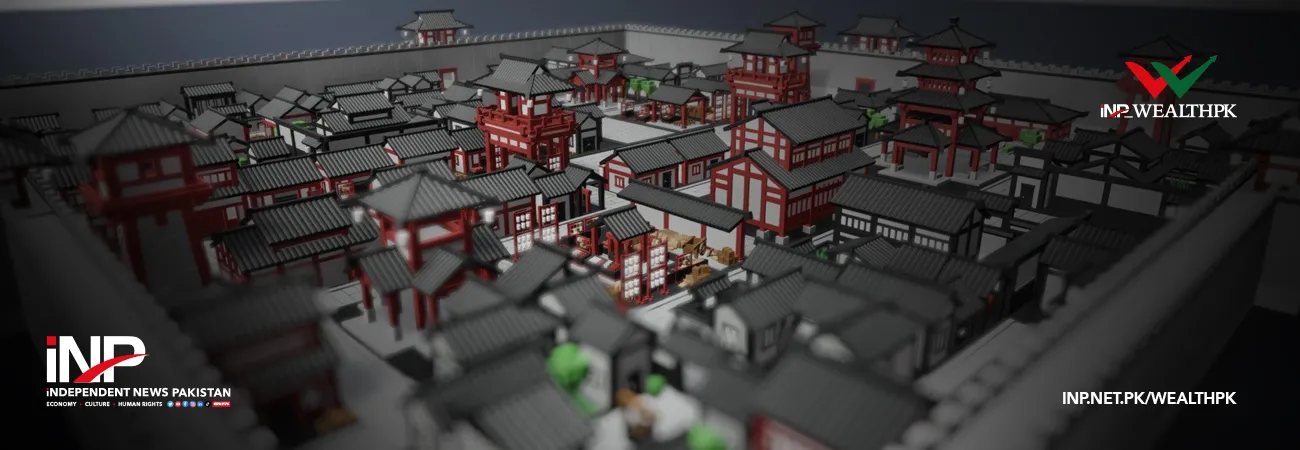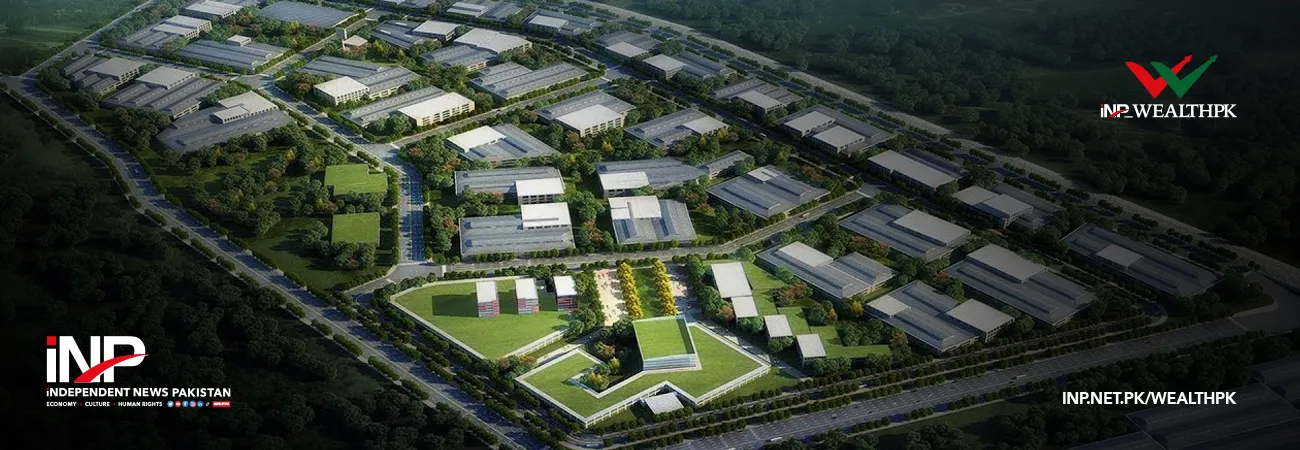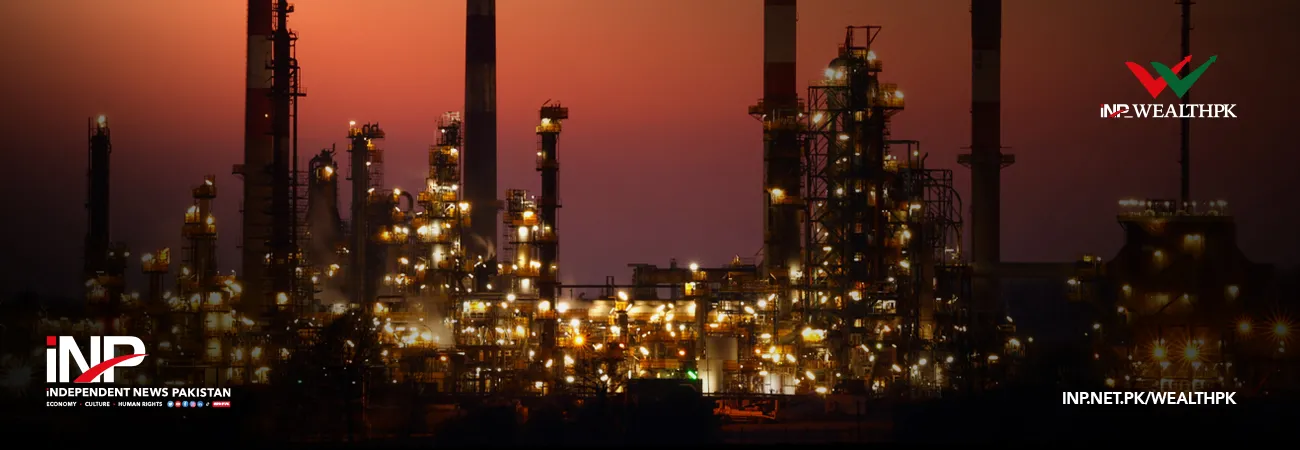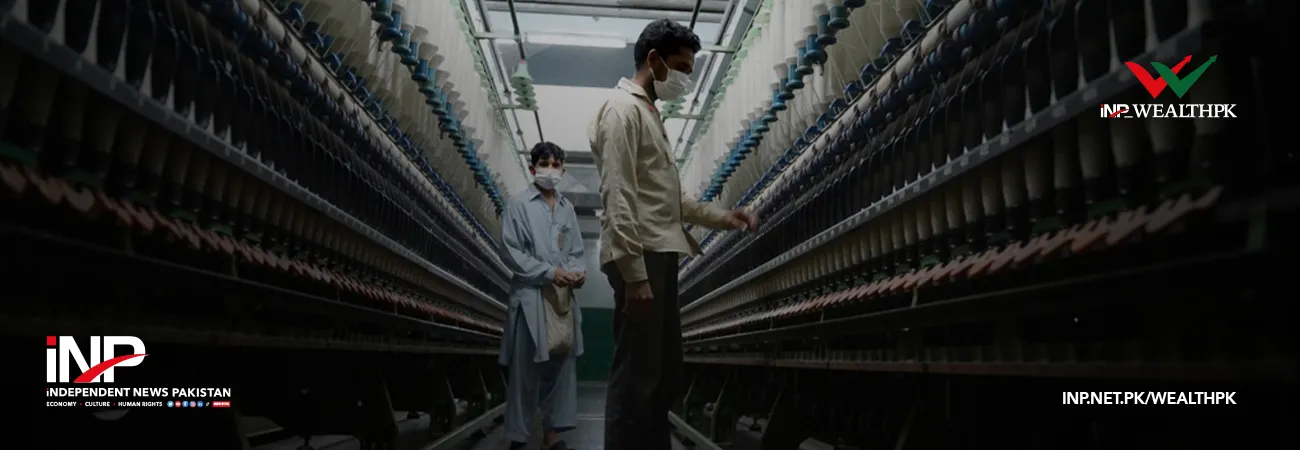INP-WealthPk
Faiza Tehseen
Pakistan needs to mechanize and systematize artisanal mining and placer recovery process for revenue generation, opined Muhammad Yaqub Shah, Principal Geologist at Islamabad-based Global Mining company, while talking to WealthPK.
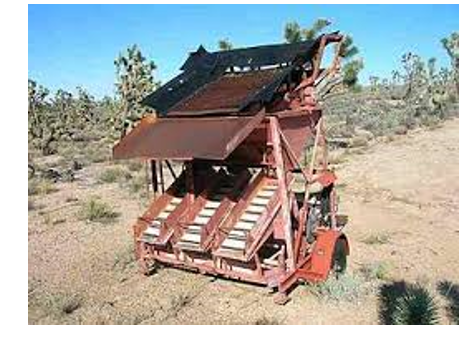
“By using the primitive methods, 20%-30% of gold or other precious/semi-precious metals/minerals are hardly extracted. Through the traditional handmade washing pans, only a depth of 20-30 centimetres is approached on average. “The Indus River System (IRS) is the major source of placer deposits in the Northern Areas. In the conventional methods, very low quantities of gold and other precious and base metals are extracted, and they are harmful for the environment and eco-systems. Traditionally, various dangerous chemicals, especially mercury, are used to recover gold, which are equally harmful for both human and other forms of life,” he explained. “As one of the heaviest elements, gold tends to settle at the bottom of the placer site. Conventional sluices are not enough to retain fine, ultrafine, or medium grained free gold. As a result, the said grains escape and redeposit,” he said. “The diversified rock systems in GB and KP are the major source material suppliers to the IRS for gold and other precious and semi-precious minerals and metal ores.
About a decade ago, with Australia’s collaboration, the Pakistan Mineral Development Corporation (PMDC) launched an extensive geo-chemical survey to explore precious and base metals in different rock suits occurring in different areas, including the flowing streams and rivers,” he said. During the survey, anomalous presence of a variety of precious and base metals, including gold, was detected. All these metals and minerals incept placer deposits in IRS. Here, the trapping sites hold immense quantities of unconsolidated aggregate size material formed initially from the source rock outcrops. He said the water channels transport, re-transport, deposit, and re-deposit outcrops create a continuous cycle. As a result, placer deposits are formed. By introducing appropriate tools, concentrate making portable automatic and semi-automatic machines, gold recovery ratio can be increased. Likewise, mercury amalgamation can also be shifted to a close-circuit system so that it can be recycled to avoid environmental contamination.
The recycled mercury can be used again for the said purpose and will be cost effective as well. The establishment of mechanized system can also promote this segment as a cottage industry to alleviate poverty. The remaining black sands after recovering gold can be treated further for extraction of some more rare earth elements, and precious and semi-precious minerals or metals like silver, titanium, platinum, and zircon. Usually, after gold extraction, the remining black sand is sold by the locals at PKR1,000 per kg. A mechanized but systematic system will also help stop the illegal sale/purchase of black sand, added Muhammad Yaqub. Talking to WealthPK, Chief Geologist at Koh-e Daleel Mining Company (PVT) Limited Abdul Bashir said besides establishment of the said system, awareness sessions were also necessary. Though the mechanized system will increase the recovery ratio and enhance profits, it is necessary to promote mechanization among the locals, he said.
Credit: INP-WealthPk



